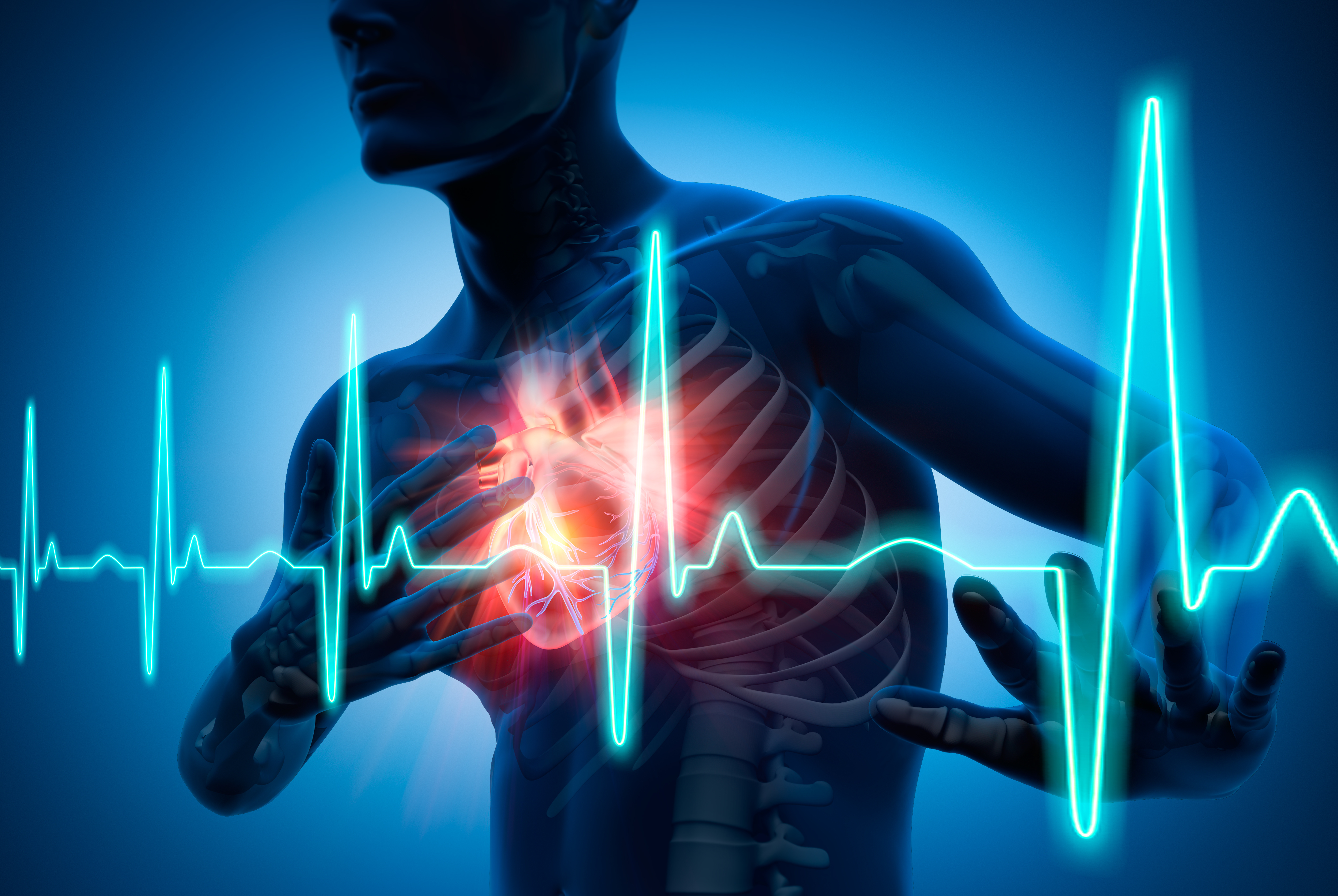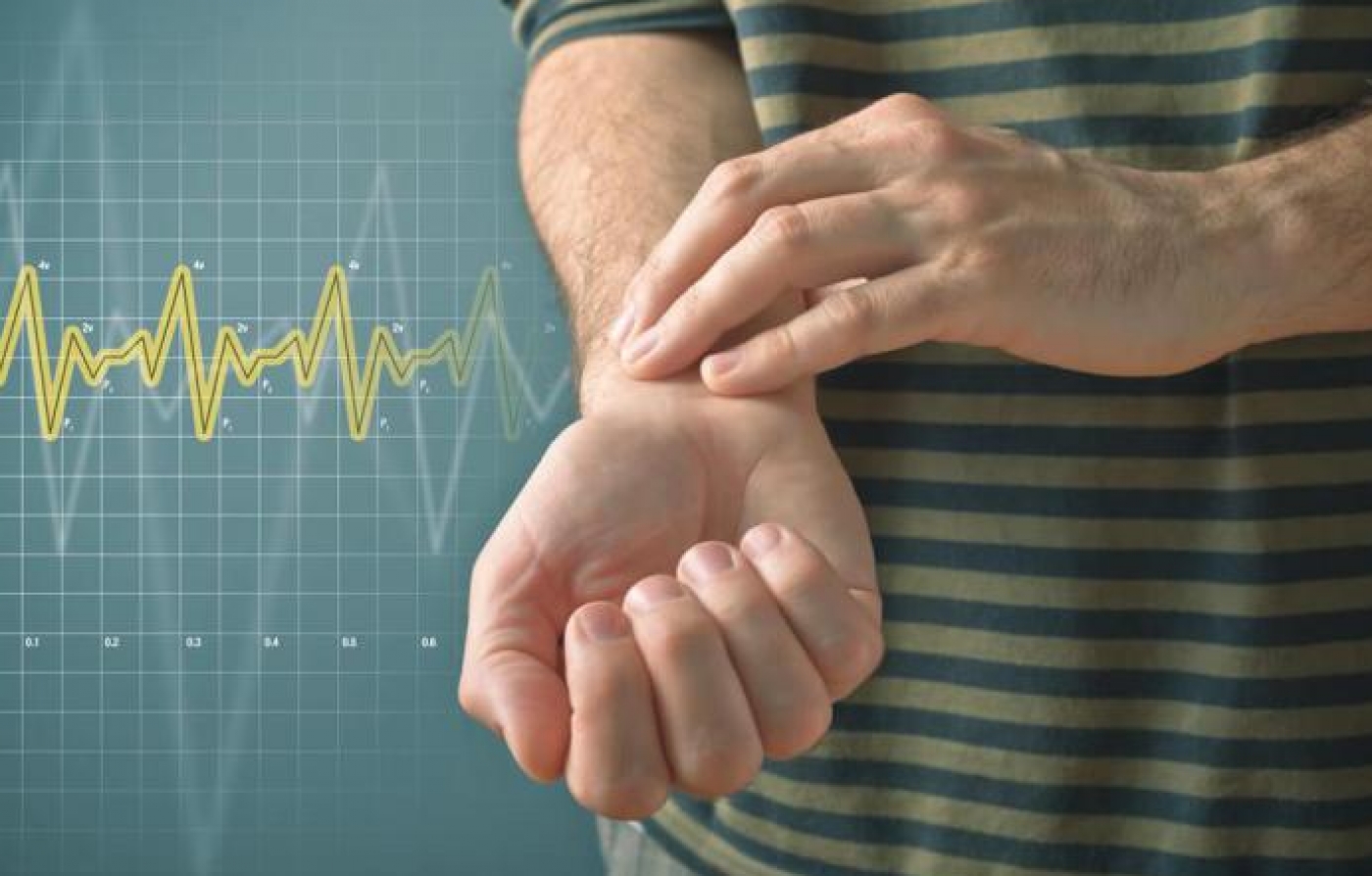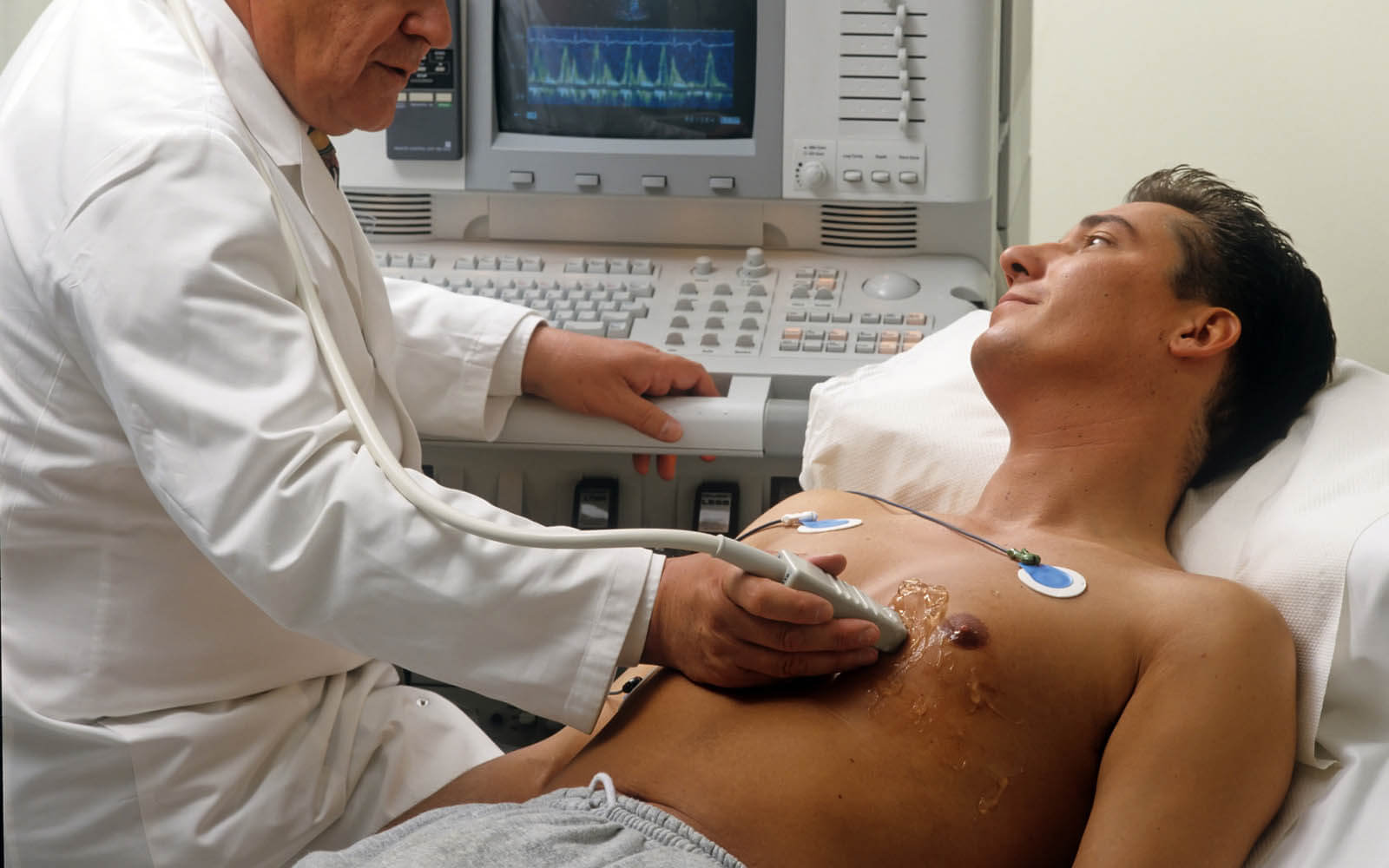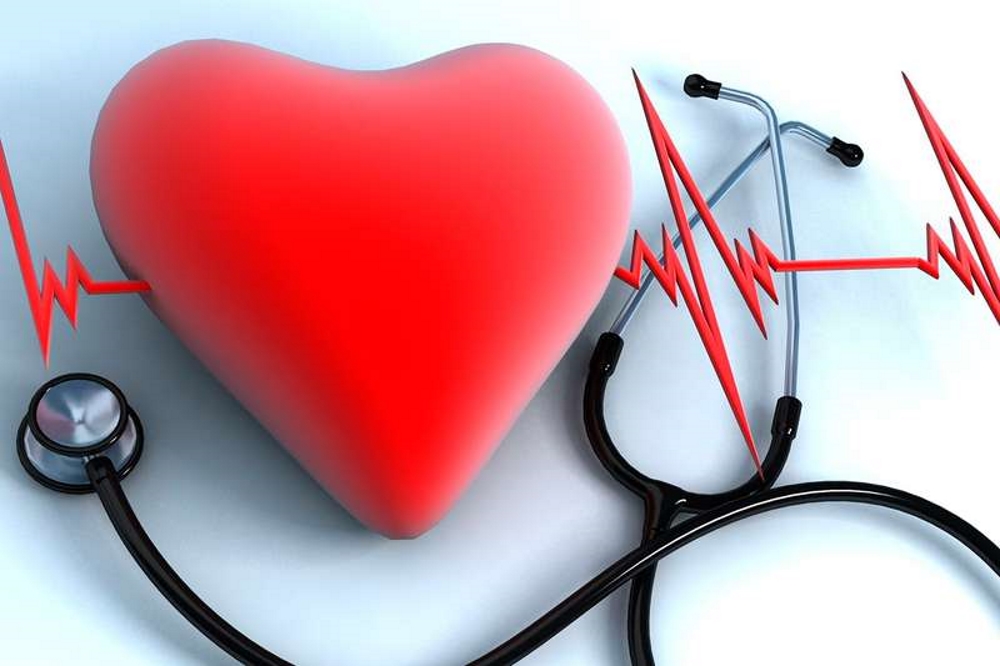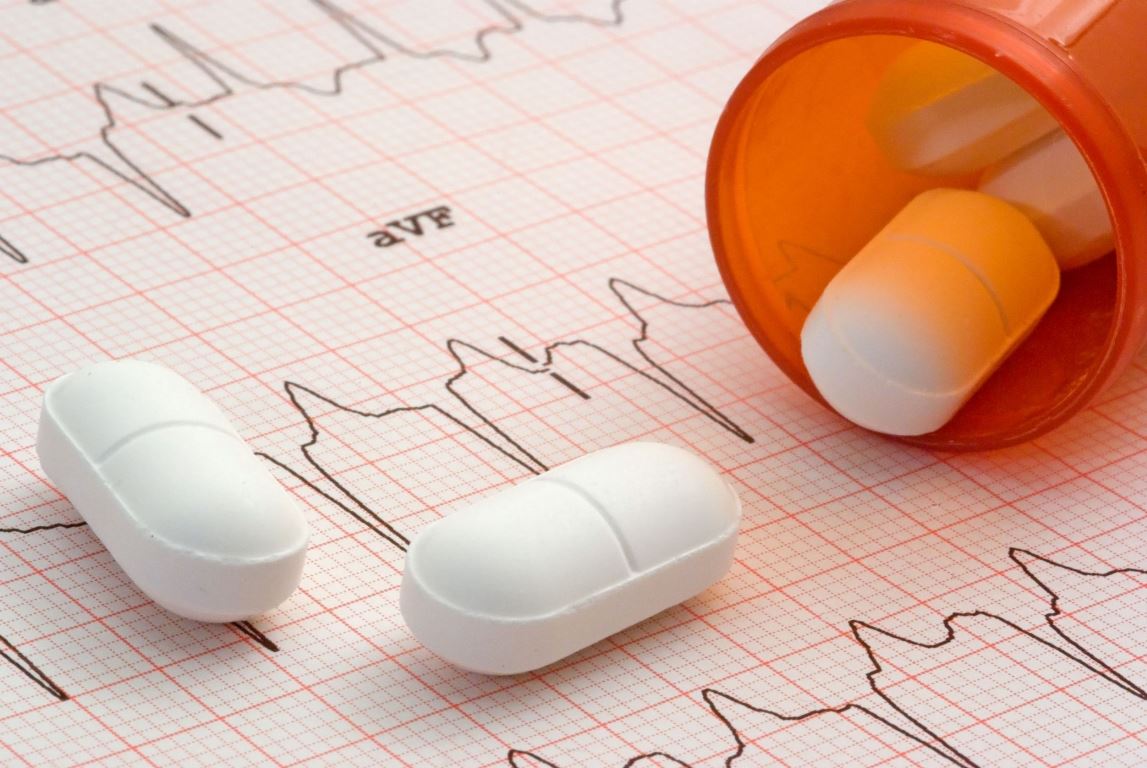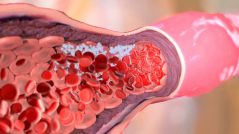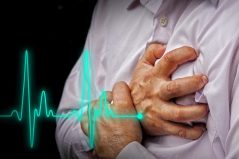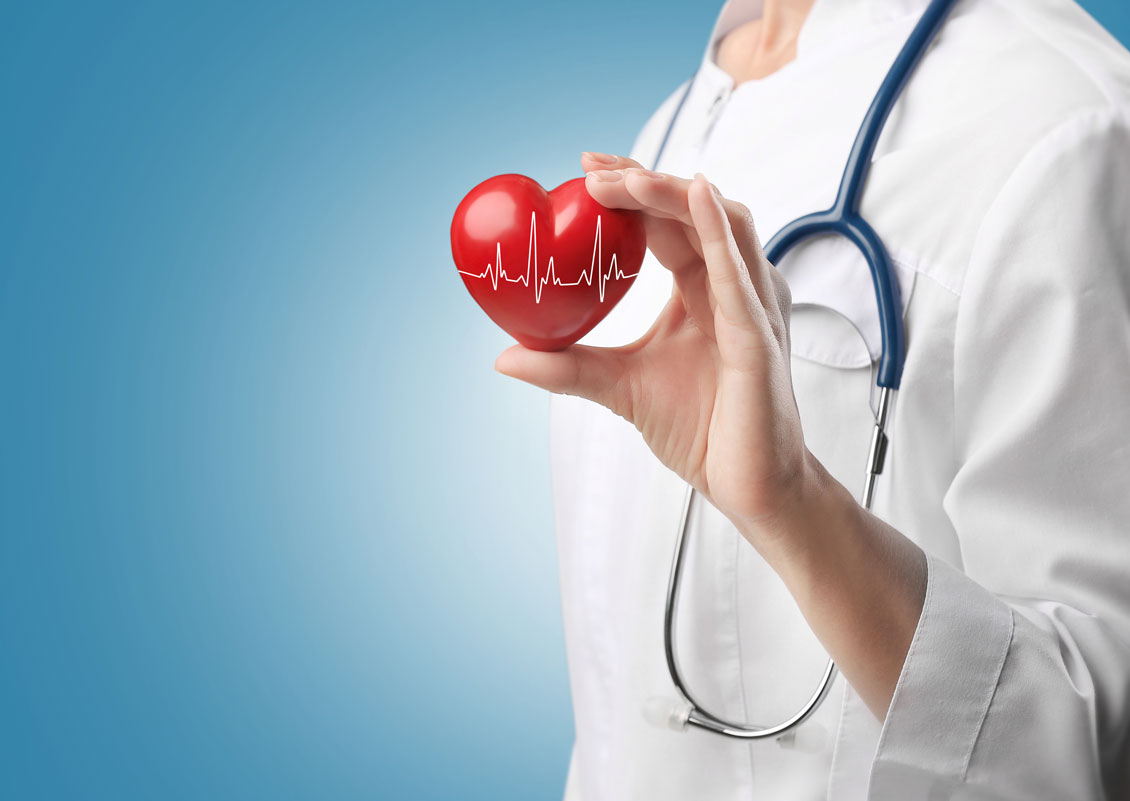Atrial fibrillation is one of the manifestations of supraventricular tachyarrhythmia. Despite the fact that pathology occurs in a maximum of 2% of patients, both young and old people are affected. The disease begins gradually, but in the absence of proper treatment, there is a high risk that the patient will have to take medications all his life to normalize the heart rhythm. So, what is this pathology, what are the symptoms and causes of its occurrence, and can it be cured once and for all?
Material Content:
Classification, species differences, stages of cardiac arrhythmias
Atrial fibrillation is a pathologically rapid contraction of the heart muscle, which reaches 700 beats per minute. This leads to violations in its work, an increased risk of thrombosis and, as a consequence, to a heart attack. If the disease is not treated, it will not only lead to disability and the inability to lead a normal lifestyle, but can also cause cardiac arrest with a subsequent fatal outcome.
In total, the following stages of the disease are distinguished:
- Revealed for the first time. Such a diagnosis is made to patients only if the pathology appeared in them for the first time. Prior to this, there were no manifestations and prerequisites for its occurrence.
- Paroxysmal atrial fibrillation. The so-called transitional form. At this stage, the attack lasts no more than 48 hours and can pass both independently and with the help of medications.
- Persistent.The attack lasts at least a week and does not go away on its own. To normalize the patient's condition, drug treatment or defibrillation is required. In severe cases, surgical intervention is indicated.
- Prolonged persistent atrial fibrillation. The duration of this stage is at least a year, the patient requires regular medical attention.
- At the last stage, the disease becomes chronic, drug treatment has no effect on it.
In addition to the above classification, there is a division of the manifestations of the disease into several classes:
- 1st grade - the disease is asymptomatic;
- 2nd class - symptoms are not expressed and do not affect everyday life;
- 3rd grade - pronounced symptoms that affect everyday affairs and force the patient to make adjustments to them;
- 4th grade - symptoms of such strength that the patient becomes disabled, as he is unable to lead a familiar lifestyle.
Violation of the rhythm can be characterized by both flicker and flutter. In the first case, contractions occur randomly, affecting different parts of the heart muscle. In the second situation, despite the high number of beats per minute, the correct heart rate is maintained.
Causes, risk factors in young and old people
The following causes of atrial fibrillation are:
- diseases of the cardiovascular system - previously suffered heart attacks and strokes, ischemia and heart muscle defects;
- systemic diseases of organs and body systems in the stage of exacerbation or remission;
- diabetes;
- excess weight, obesity;
- excessive physical activity;
- constant emotional stress, stress and depression;
- insufficient amount of potassium in the diet;
- lack of clean drinking water in daily nutrition, and, as a result, dehydration;
- taking certain medications.
Knowing what factors can trigger the onset of the disease, it will be easier for patients to correct them.
Symptoms and signs of an attack
Clinically, symptoms of atrial fibrillation are associated primarily with the individual characteristics of each person, as well as with the classification of the disease.
However, there are a number of characteristic signs of an attack:
- under the influence of adverse factors, the patient begins a rapid heartbeat, which may be accompanied by sweating, shortness of breath;
- panic attacks are often observed, since the patient does not know how to react to the situation;
- patients complain of muscle cramps, numbness and palpable pulsation in the veins;
- weakness, tremor, fainting are often observed;
- sometimes the above symptoms are accompanied by frequent and profuse urine output.
It is important to remember that such symptoms manifest themselves in different ways in different people. Some practically do not feel unpleasant manifestations, others cannot normally carry out daily activities.
If a person has at least once experienced these manifestations, you need to see a doctor for consultation and diagnosis to identify the disease at an early stage. Then the forecast for a complete cure will be favorable. Otherwise, there is a high risk of paroxysm of atrial fibrillation, in which adverse consequences are frequent.
Diagnosis of the disease
To diagnose the disease in order to correctly prescribe therapeutic measures, the patient will need to do the following:
- consult with a therapist, cardiologist and other relevant specialists;
- perform an ECG according to the Holter method, when a special device will take several days to take readings of the frequency of contractions of the heart muscle;
- make an echocardiography, which shows the presence of pathologies in both ventricles, reveals the formation of blood clots;
- MRI may be required to clarify the diagnosis.
After receiving all the research results, the patient is prescribed medications or a direction is given for surgery.
How to treat atrial fibrillation
Atrial cardiac arrhythmia requires an integrated approach to treatment, consultation with specialized specialists: endocrinologist, pulmonologist, neurologist, cardiologist. The main task facing doctors is to normalize the number of heart contractions per second, to stabilize the patient's condition in order to avoid relapses.
For this, first of all, pathologies that can lead to a violation of the heart rhythm are eliminated or treated. Then therapy is prescribed to eliminate the symptoms. The task of doctors is to return the patient to a normal lifestyle, to avoid the development of complications.
Depending on the stage of the disease, both drugs and procedures are used to stabilize the patient's condition.
It is interesting:multiple organ failure
Drug treatment
To normalize cardiac activity, the following drugs are prescribed to patients:
- antiarrhythmic, designed to normalize heart rate;
- with a high risk of thromboembolism, that is, increased blood clotting, patients are prescribed thinners;
- drugs to relieve the excitability of heart fibers;
- funds for normalizing the myocardium;
- vitamins and minerals to maintain heart muscle.
Medications and dosages are prescribed strictly individually, self-medication is unacceptable.
It is important to mention folk remedies. Although some herbs have antiarrhythmic effects, it is forbidden to use decoctions and tinctures based on them without consulting with your doctor. In addition to the positive effect, they can have a negative effect on the patient's condition. Therefore, any herbal preparations or homeopathic remedies are entitled to appoint only the attending physician.
Surgical intervention
If indicated, heart ablation may be required. This is a procedure carried out in a hospital when, with the help of a laser, ultrasound, radio frequencies, or cryo- and electro-destruction, the focus of arrhythmia is destroyed. Using small incisions, a special catheter is sent to the myocardium, where it has a physical effect on the desired site.
If necessary, patients are given a pacemaker to maintain normal heart rhythm.
If it is required to force the atria to contract in the proper order, then the “maze” method is used: certain sections of the heart muscle are incised with a scalpel or electrodes, so that subsequently scars form in these places.
Rehabilitation
As soon as the attack has passed, the patient is prescribed rehabilitation measures. The main recommendation is to normalize nutrition. Your diet should have as many potassium rich foods as possible. At the same time, dishes with a high content of salt and cholesterol should be completely excluded from everyday nutrition.
It is important to learn how to breathe. This will help to control the heart rate, remove spasm from the vessels. It is advisable to learn a few breathing exercises. Wellness walking also has a positive effect on the patient's condition.
Possible complications and consequences
If a person does not receive the necessary treatment, there is a risk of the following complications:
- Stagnation of blood. Pathology leads to the formation of blood clots, which cause a heart attack.
- In the presence of heart disease, atrial fibrillation can provoke heart failure.
- In severe cases, the disease leads to ventricular fibrillation, and therefore the risk of sudden cardiac arrest increases.
The occurrence of complications is directly related to the health of the cardiovascular system. In the presence of any violations, the risk of developing severe pathologies increases many times.
Relapse Prevention and Prevention
To reduce the likelihood of a disease, as well as prevent the development of relapses, you must adhere to the following preventive measures:
- Carefully treat diseases of the cardiovascular system that can provoke the development of flickering arrhythmia. Most often, such pathologies include heart failure and constantly increased blood pressure.
- It is important to adhere to the principles of a healthy lifestyle. It is necessary to follow a diet, include as many dairy products, herbs and fruits in the diet as possible. Fatty meats and fish should be replaced with lean ones. And also refuse to use fast food, dishes with a high content of salt, preservatives and dyes.
- Maintain weight at a normal level, prevent the occurrence of obesity. A good outlet would be sports and walks in the fresh air.
- Minimize daily stress, consult a psychologist if necessary.
- Give up bad habits, including smoking and drinking.
- If a person has flickering arrhythmia at least once, you should contact a neurologist and cardiologist, undergo an examination, if there is an indication, start treatment.
The above measures, if not completely prevented, will significantly reduce the risk of atrial fibrillation.
Flickering arrhythmia is a dangerous disease. In the absence of adequate treatment, it can lead to disability and abandonment of the usual lifestyle. To avoid this, it is important to be able to recognize the symptoms of pathology and immediately consult with specialists. If the disease is detected at an early stage, then there is a chance to get rid of it forever.


